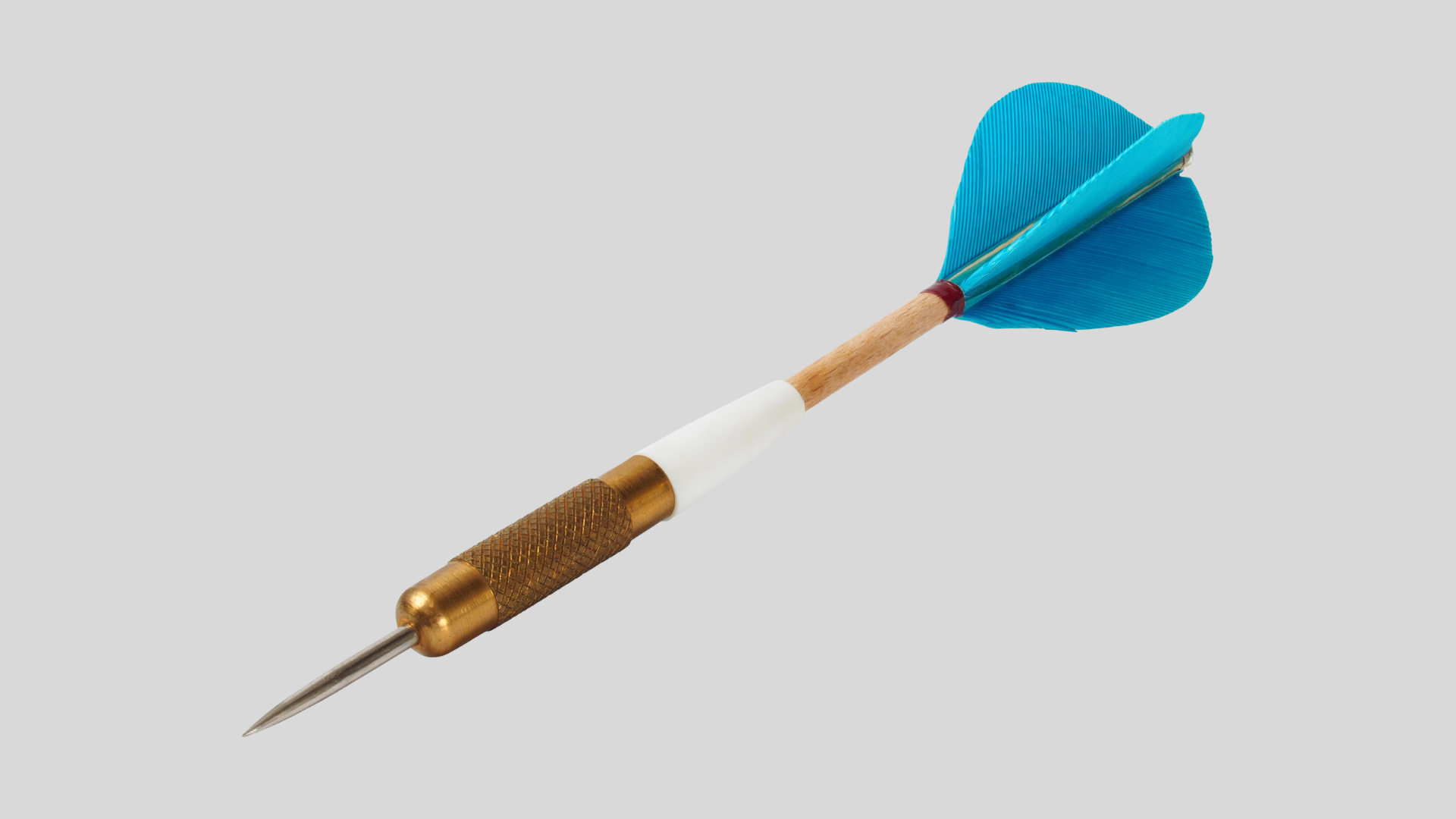Darts is a classic game that has been played for centuries. It is a popular pastime enjoyed by people of all ages and backgrounds. The game is also recognized as a professional sport that requires a considerable level of skill and precision. One of the essential tools in this game is the dart itself. In this article, we’ll take a closer look at the anatomy of a dart, and explore the construction and design of this critical piece of equipment.
Exploring A Dart’s Inner Workings: Uncovering the Mechanics of Throwing Darts
To understand the inner workings of a dart, we must first look at the basic mechanics of throwing a dart. The process involves three main elements: aim, trajectory, and momentum. The player must aim at the target, consider the ideal trajectory of the dart, and apply the appropriate amount of force and speed to create momentum. These three elements must be combined in a precise manner to achieve the desired outcome.
An Examination Of A Dart’s Structure: The Anatomical Makeup of a Piped Weapon
The structure of a dart consists of three distinct sections: the barrel, the shaft, and the flight. These sections are designed to work in harmony to create a perfectly balanced and accurate tool for the job. The barrel is the section where the player grips the dart, and it is usually made of metal or plastic. The shaft is the thin section that attaches to the barrel, and it can be made from a variety of materials such as aluminum or nylon. Finally, the flight is the section located at the end of the shaft, and it is designed to provide stability and lift to the dart to ensure a straight and accurate flight path.
Unraveling The Construction: Dissecting the Parts of a Standard Dart
The construction of a dart is relatively simple, but it requires specific attention to detail to ensure optimal performance. The barrel can vary in length and weight, depending on the player’s preference, but it must be precisely balanced. The shaft is attached to the barrel using specialized threads, and it must be appropriately sized to provide adequate support. Finally, the flight can be customized to enhance the dart’s stability and lift, depending on the player’s playing style.
Design Considerations: Practicality and Enhancements Tailoring the Flight Path
Dart manufacturers are continuously looking for ways to enhance the design and performance of their products. The barrel, shaft, and flight can be customized with various materials, colors, and shapes to suit the player’s preferences. Some flights are designed to create more lift, while others are designed to provide better stability. Ultimately, the design of a dart should cater to the practical needs of the player while taking into account the unique features of the game itself.
Precision Matters: Crafting Accuracy and Control With Balance and Weight
One of the critical factors that affect the performance of a dart is its balance and weight distribution. If a dart is too light, it will not provide adequate momentum, and if it is too heavy, it will be challenging to control. Dart manufacturers use various techniques to ensure the perfect weight and balance distribution for their products, including adding tungsten or brass to the barrel. The overall design and construction of the dart play a critical role in its precision and accuracy, making it an essential consideration for any player.
Taking Aim: Utilizing Trajectory and Momentum For A Satisfying Throw!
Finally, the ultimate goal of any dart player is to hit the target with accuracy and power. To achieve this, the player must take into account the dart’s trajectory and momentum, while maintaining a steady grip and aim. With practice, any player can master the art of throwing darts and achieve that satisfying thwack when they hit the bullseye. In conclusion, the anatomy of a dart is an essential factor to consider when playing the game. A well-designed and crafted dart can provide optimal precision, accuracy, and control, allowing players to enjoy a more satisfying and challenging gaming experience. By exploring the inner workings and construction of a dart, players can make informed decisions about the type of dart that suits their playing style and skill level.

